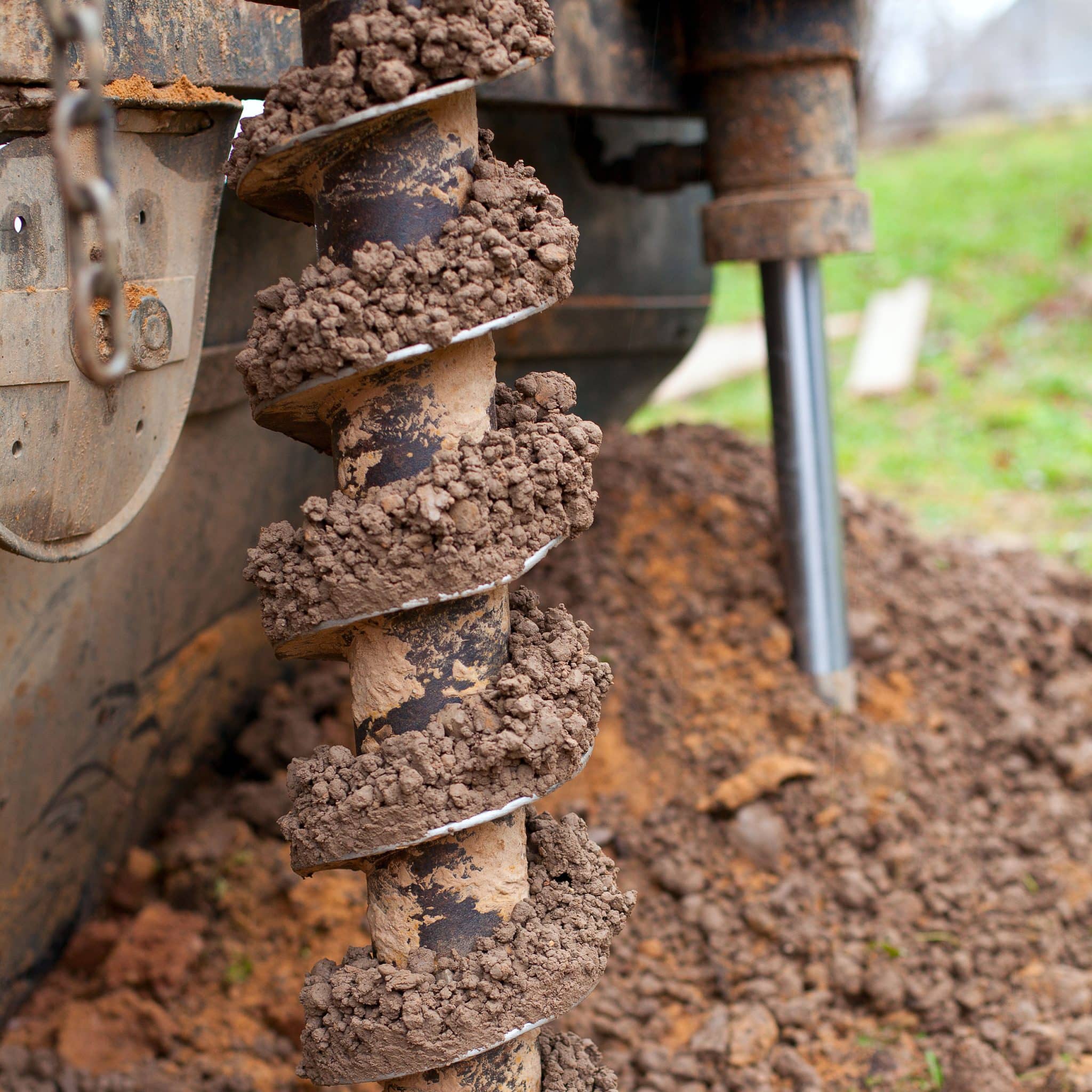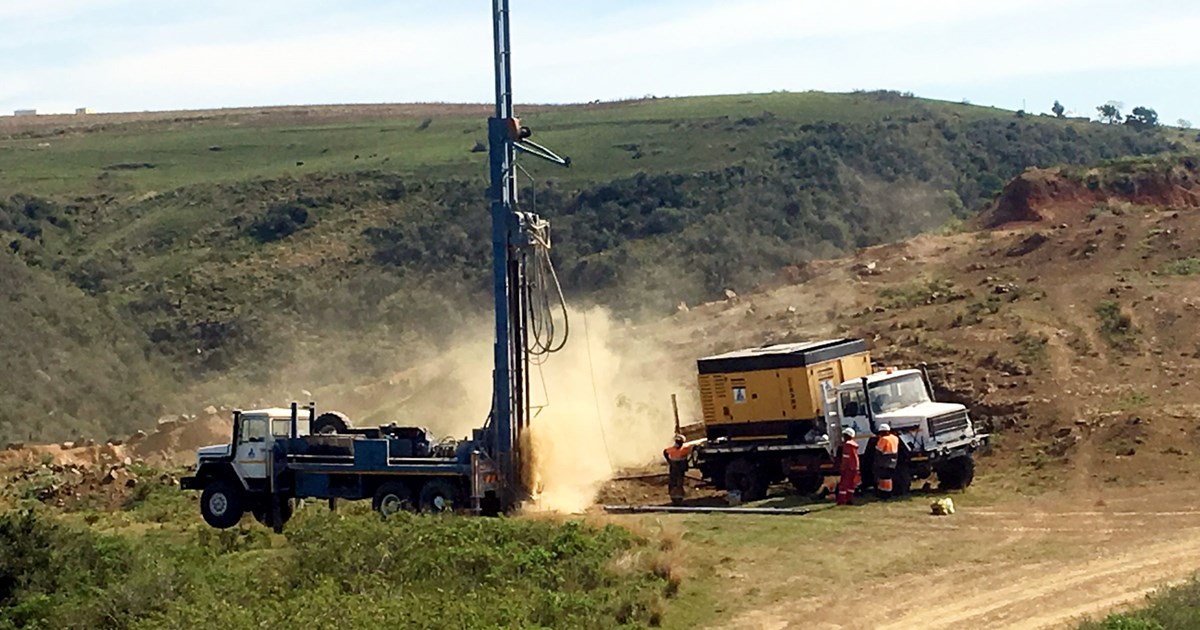Discovering the very best Geotechnical Companies in South Africa: Secret Considerations
Discovering the very best Geotechnical Companies in South Africa: Secret Considerations
Blog Article
A Detailed Summary of Geotechnical Design Techniques and Their Influence On Modern Civil Engineering Projects
Geotechnical design serves as the foundation of contemporary civil design, supplying vital techniques that resolve the intricacies of subsurface conditions. The interaction of soil analysis, structure design, and ingenious technologies forms the integrity and sustainability of infrastructure jobs.
Value of Geotechnical Design
Geotechnical engineering offers as a critical structure for civil design jobs, influencing the safety and security of frameworks. This self-control concentrates on the actions of soil and rock products, providing essential understandings that lead the style and construction procedures. By comprehending the interaction in between the planet and engineered frameworks, geotechnical engineers can analyze dangers connected with ground conditions, such as negotiation, incline stability, and liquefaction.
The relevance of geotechnical engineering prolongs past simple structural stability; it plays a vital function in environmental defense and sustainability. Correctly executed geotechnical assessments make sure that projects decrease their ecological footprint and follow regulative demands (geotechnical companies in south africa). Geotechnical design is crucial in site selection, enabling engineers to identify suitable locations for building that minimize possible threats.
Additionally, geotechnical design fosters technology in civil design by progressing methods for ground renovation, structure layout, and excavation. The technique's payments are important in dealing with difficulties positioned by varying soil problems, thus assisting in risk-free and effective infrastructure development. Overall, the value of geotechnical design is critical in guaranteeing that civil engineering tasks are not only feasible however additionally durable against man-made and all-natural hardships.
Key Strategies in Geotechnical Design

Another vital method is dirt stablizing, which includes customizing soil homes to improve load-bearing capacity or decrease negotiation. Techniques such as including cement, lime, or utilizing geosynthetics are typically made use of to accomplish dirt renovation.
Ground renovation strategies, consisting of dynamic compaction and vibro-replacement, are also important. These methods intend to compress loose or soft soils, enhancing their strength and lowering liquefaction potential in seismic locations.
Retaining structures, such as sheet heaps and dirt nailing, are used to sustain excavations and stop dirt movement. Furthermore, incline stabilization techniques, including drain systems and retaining wall surfaces, are vital for alleviating landslide risks.

Dirt Evaluation and Testing Methods
Efficient dirt analysis and testing techniques are important for recognizing the physical and chemical buildings of dirt, which directly affect design choices. A thorough evaluation of dirt features is essential for forecasting actions under numerous loading problems and environmental impacts.
Usual soil screening techniques consist of both area and laboratory techniques. Area tests, such as the Criterion Penetration Test (SPT) and Cone Penetration Examination (CPT), supply immediate insights into dirt stamina, stratification, and density. These tests assist designers assess site problems effectively prior to more comprehensive laboratory analyses.
Research laboratory testing techniques, such as Atterberg limits, grain size circulation, and compaction tests, are critical for figuring out dirt plasticity, wetness content, and ideal compaction degrees. Additionally, advanced methods like triaxial examinations and consolidated undrained (CU) tests supply beneficial data on shear strength and effective tension criteria - click here to read geotechnical specialist.
Chemical screening, consisting of pH, electrical conductivity, and organic material analysis, is also vital for understanding prospective dirt contamination and its effect on construction products. Jointly, these soil evaluation and screening techniques form the foundation of informed decision-making in geotechnical engineering, making certain the safety and security of contemporary civil engineering jobs.
Foundation Design Approaches
Structure style techniques are vital in making certain the stability and longevity of structures. These methods can be categorized into shallow and deep foundations, each matched to specific soil problems and loading scenarios. Superficial foundations, such as spread footings and mat foundations, are typically utilized when surface soils have adequate bearing ability. They disperse the tons over a bigger area, lessening negotiation risks.
In comparison, deep foundations, consisting of stacks and drilled shafts, are used when surface area soils are weak or insufficient for sustaining the structure. These foundations transfer loads to deeper, much more stable soil or rock layers, making them crucial for skyscraper structures and bridges in tough geotechnical problems.
Choosing the appropriate structure design entails thorough geotechnical examinations, consisting of soil make-up, birthing capability, and groundwater problems. Get More Information Engineers should consider variables such as settlement, side lots, and potential seismic task to ensure the foundation's efficiency over time.
Ultimately, a well-executed foundation style is a pivotal element of civil engineering, straight affecting the safety, resilience, and performance of structures. about geotechnical engineering. By straightening structure kinds with site-specific problems, designers can successfully mitigate risks related to structure failing
Innovations Shaping Civil Design

Sustainable products, such as high-performance concrete and recycled aggregates, are also obtaining traction, promoting environmentally friendly methods while keeping architectural integrity. Additionally, advanced geotechnical methods, such as ground renovation and deep blending methods, are improving the stability of foundations in difficult soil conditions.
Furthermore, making use of drones and remote sensing technology is improving site checking and evaluating, providing real-time data that help in taking care of construction progress and safety. The application of ingenious building techniques, such as modular and prefabricated building, additionally expedites project timelines and decreases waste. Jointly, these innovations are not only transforming civil engineering practices however likewise making certain that modern infrastructure fulfills the demands of a growing worldwide populace while resolving ecological concerns.
Conclusion
In conclusion, geotechnical design techniques are integral to the success of modern-day civil engineering jobs. By employing these methods, designers can reduce threats and contribute to the growth of durable urban atmospheres, eventually cultivating lasting development and safety in civil engineering practices.
Geotechnical engineering offers as the foundation of contemporary civil design, providing essential methods that resolve the complexities of subsurface conditions.Geotechnical design serves as a critical foundation for civil design jobs, influencing the safety and security and security of frameworks.In addition, geotechnical engineering fosters advancement in civil design by progressing techniques for ground enhancement, structure layout, and excavation. Overall, the importance of geotechnical engineering is vital in ensuring that civil engineering jobs are not just viable however likewise resistant against all-natural and man-made misfortunes.
In verdict, geotechnical design techniques are essential to the success of contemporary civil design projects.
Report this page